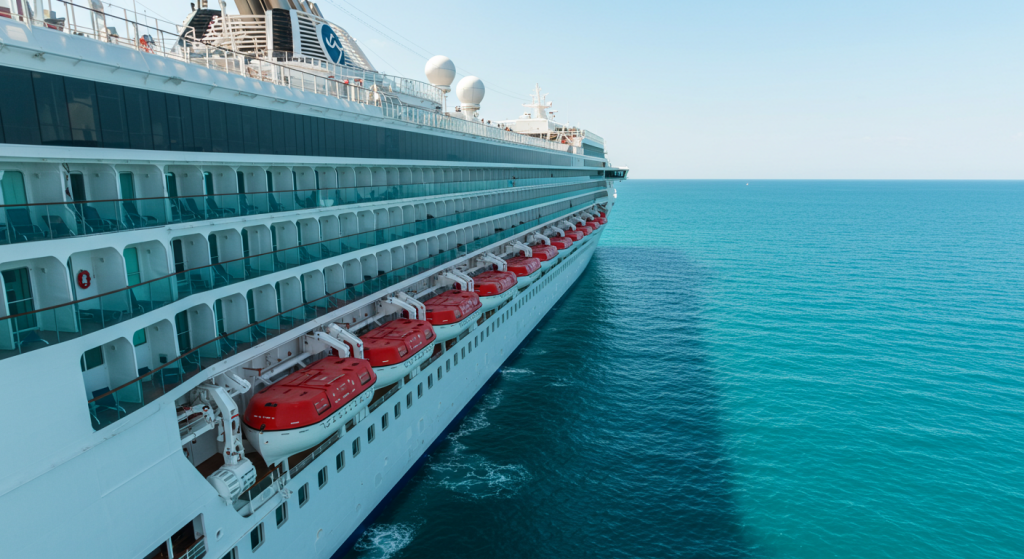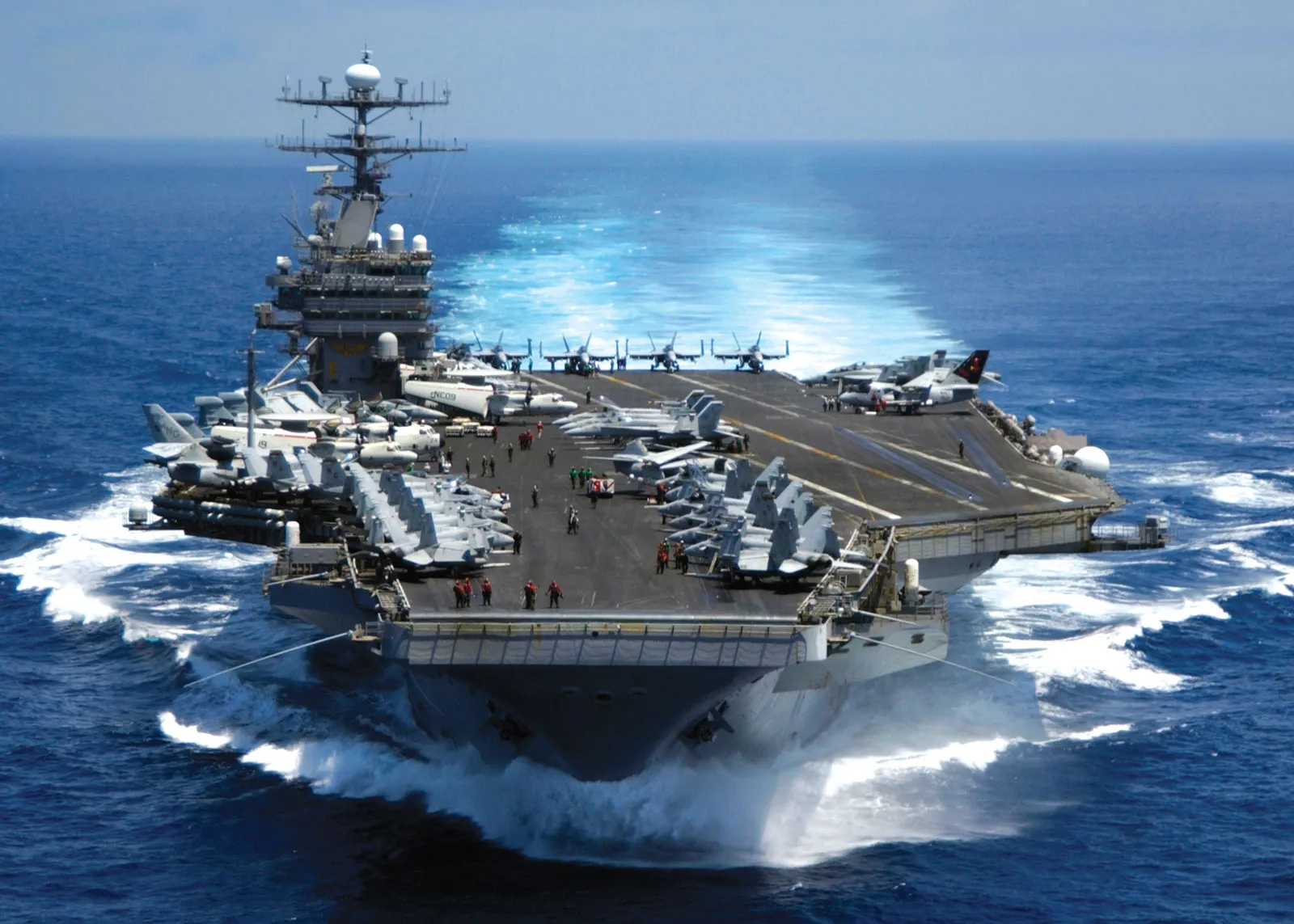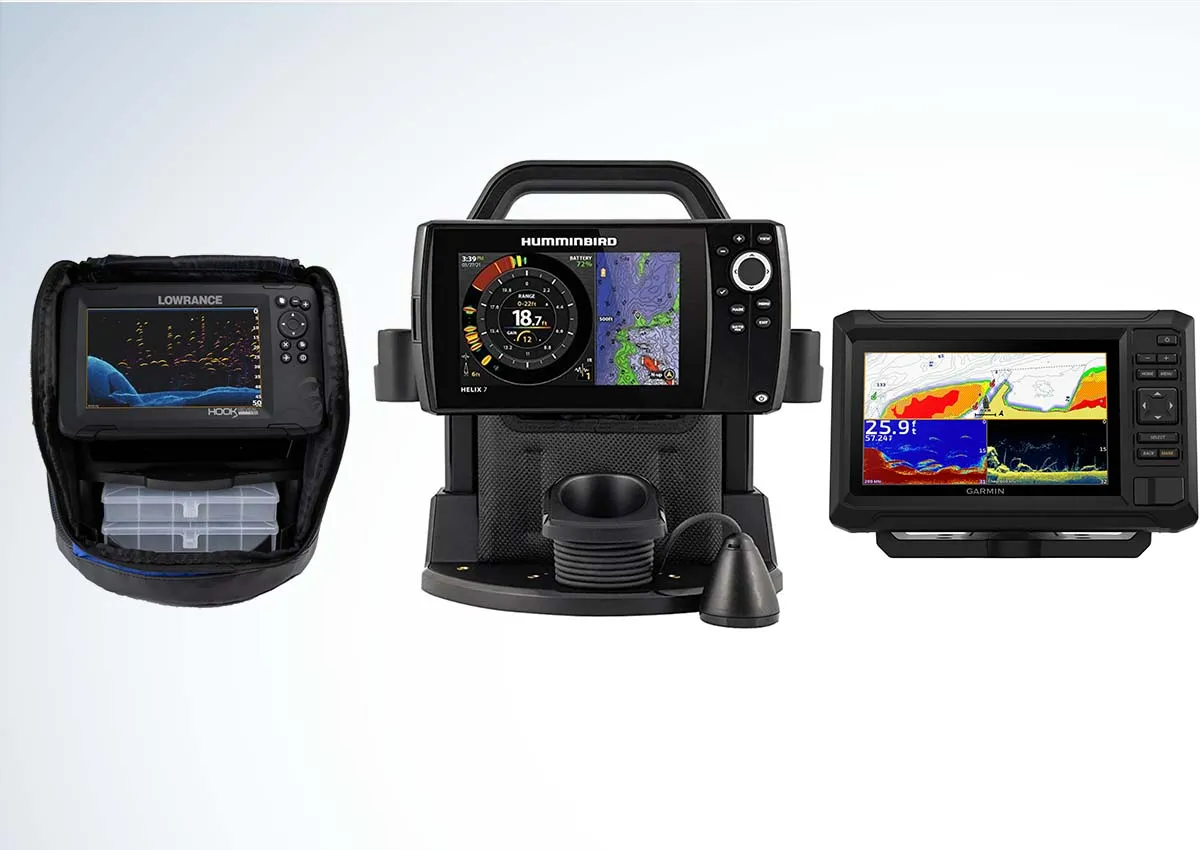Starboard Side: Understanding Ship Orientation and Nautical Terms
When sailing the seas, knowing your ship's directions is key. The starboard side refers to the right side of a vessel when facing forward. This nautical term helps sailors and crew communicate clearly about locations on a ship.

Starboard comes from old words for steering. In the past, ships had a steering oar on the right side. This side became known as the "steering board" side, which turned into "starboard" over time.
Using starboard instead of "right" avoids confusion at sea. A person facing the back of the ship might mix up left and right. But starboard always means the same side, no matter which way someone is facing. This clear communication is vital for safety and smooth operations on any nautical vessel.
Historical Origins
The terms used to describe ship sides have deep roots in maritime history. These names evolved over centuries, shaped by practical needs and linguistic changes.
Old English and Anglo-Saxon Roots
The word "starboard" comes from Old English. It combines "stéor" (steer) and "bord" (side of a boat). Anglo-Saxon sailors used a steering oar on the right side of their ships. This side became known as the "steorbord" or steering side.
The left side was called "bæcbord" in Old English. This meant "back side" because the helmsman faced right to use the steering oar. His back was to the left side of the ship.
Evolution from 'Steerboard' to 'Starboard'
Over time, "steorbord" changed to "starboard". This shift happened as the English language evolved. The term stuck even after ships began using centrally-mounted rudders instead of steering oars.
Sailors kept using "starboard" for the right side out of tradition. It became a standard term in naval language. Today, "starboard" is used on all types of vessels, from small boats to large ships.
Left Side: From 'Larboard' to 'Port'
The left side was first called "laddebord" or loading side. Ships often docked on this side to avoid damaging the steering oar. Later, it became "larboard".
"Larboard" sounded too similar to "starboard". This caused confusion, especially in noisy conditions. To fix this, sailors started using "port" instead.
"Port" became official in the Royal Navy in 1844. It referred to the side facing the port when docking. This term was clearer and easier to distinguish from "starboard".
Understanding Port and Starboard
Port and starboard are key terms used in boating to identify the left and right sides of a vessel. These terms help prevent confusion and improve communication on the water.
Definition and Nautical Relevance
Port and starboard refer to the left and right sides of a boat, respectively, when facing forward. These terms are fixed positions, meaning they don't change based on a person's orientation on the vessel.
Port is always the left side, while starboard is always the right side. This system helps sailors and boaters communicate clearly, regardless of their position on the boat.
Using these terms is crucial for effective navigation and safety at sea. They allow for precise directions and help avoid misunderstandings that could lead to accidents.
Visual Distinctions: Red and Green Lights
Boats use colored lights to show their port and starboard sides at night. This system helps other vessels identify a boat's direction and orientation in low visibility conditions.
The port side displays a red light, while the starboard side shows a green light. An easy way to remember this is the phrase "port wine is red."
These lights are typically mounted on the sides of the boat and are visible from a distance. They help prevent collisions by allowing other boaters to determine which direction a vessel is moving.
Port versus Starboard Side Identification
Identifying the port and starboard sides of a boat is essential for safe navigation and following maritime rules. The port side is always on the left when facing the front of the boat, while the starboard side is on the right.
A helpful memory trick is to remember that "port" and "left" both have four letters. Another method is to think of the phrase "port to port" when passing another vessel.
On larger ships, the port side may have red markings or paint, while the starboard side may have green. This color coding extends to navigational buoys and markers in waterways, further reinforcing the port and starboard system.
Navigation and Steering
The starboard side plays a key role in boat navigation and steering. It's linked to important parts of a vessel's control systems.
Role of Rudder and Steering Oar
In early ships, the steering oar was on the right side, which became known as starboard. This side was crucial for steering. The oar's placement influenced ship design for centuries.
Modern boats use a rudder instead of a steering oar. The rudder is usually in the center at the back. But the helm is often on the starboard side. This keeps the tradition of steering from the right side.
Rudders make boats easier to control than old steering oars. They allow for smoother turns and better handling in rough waters.
Directions and Commands at Sea
Sailors use "starboard" instead of "right" to avoid confusion. This is key for clear communication on boats. When someone says "starboard," it always means the right side of the boat when facing forward.
Commands often use "starboard" and "port." For example:
- "Steer to starboard" means turn right
- "Starboard tack" means wind is coming from the right side
These terms help crews work together safely. They're used worldwide, making sea communication clearer. Knowing port and starboard is vital for all boaters, from beginners to experts.
Port and Starboard in Practice
Knowing port and starboard is key for safe and efficient boating. These terms help sailors communicate clearly and follow rules at sea.
Docking and Loading
When docking a boat, knowing port and starboard is crucial. The loading side is often the port side, which faces the dock. This makes it easier to load cargo and passengers.
Sailors use specific commands for docking:
- "Port side to" means the left side will touch the dock
- "Starboard side to" indicates the right side will be against the dock
In busy harbors, clear communication prevents mix-ups. Crew members can quickly respond to orders without confusion about left or right sides.
Collision Avoidance at Sea
At sea, port and starboard help prevent accidents. The International Regulations for Preventing Collisions at Sea set rules for passing other vessels.
Key rules include:
- When meeting head-on, both boats turn to starboard
- The boat on the port side must give way to the one on its starboard
Boats use colored lights at night:
- Red light on port side
- Green light on starboard side
These lights help other mariners see which way a boat is facing. This system works even when left and right might be unclear due to poor visibility or distance.
Modern Applications
Starboard side terminology extends beyond traditional maritime use. It now applies to large vessels and even spacecraft, highlighting its continued relevance in modern transportation.
Starboard Side Usage on Large Vessels
On cruise ships, the starboard side plays a key role in navigation and operations. Crew members use this term to quickly identify the right side of the ship. This is crucial for docking, passenger embarkation, and emergency procedures.
Many cruise ships have special features on the starboard side, like viewing decks or dining areas. These offer guests unique experiences while at sea.
Large cargo vessels also rely on starboard side designations. It helps in cargo loading and unloading processes. Port authorities use these terms to give clear instructions to incoming ships.
Spacecraft and Port/Starboard References
Space agencies have adopted nautical terms for spacecraft orientation. They use "starboard" to refer to the right side of a spacecraft when facing forward.
This common language helps ground control communicate clearly with astronauts. It's especially useful during complex maneuvers or docking procedures.
On the International Space Station, starboard refers to the right side when facing the forward end. This helps crew members navigate the station's modules efficiently.
Space tourists on future commercial flights may also use these terms. It could make their experience feel more connected to maritime traditions.
Ship Design and Layout
Ship design carefully considers port and starboard sides. These elements shape the vessel's appearance and affect its function.
Incorporating Port and Starboard into Construction
Port and starboard are key parts of ship design. The port side is the left when facing the bow. Starboard is the right side.
Designers plan the layout to balance weight on both sides. This helps the ship stay stable in water.
Many ships have different features on each side. For example, loading areas might be on one side only.
Builders add safety features to both sides. These include lifeboats and emergency exits.
Significance in Ship Aesthetics and Function
The look of a ship often depends on its port and starboard design. Symmetry is common, with matching features on each side.
Some ships have different colors on port and starboard. This helps other vessels identify which side they're seeing.
The ship's layout affects how it works. The bow shape influences speed and fuel use. The stern design impacts steering.
Deck plans show where things go on each side. This includes cabins, equipment, and work areas.
Good design makes the ship work well and look good. It helps crew and passengers move around easily.
Charlie is Editor-in-Chief of Sea Magazine







